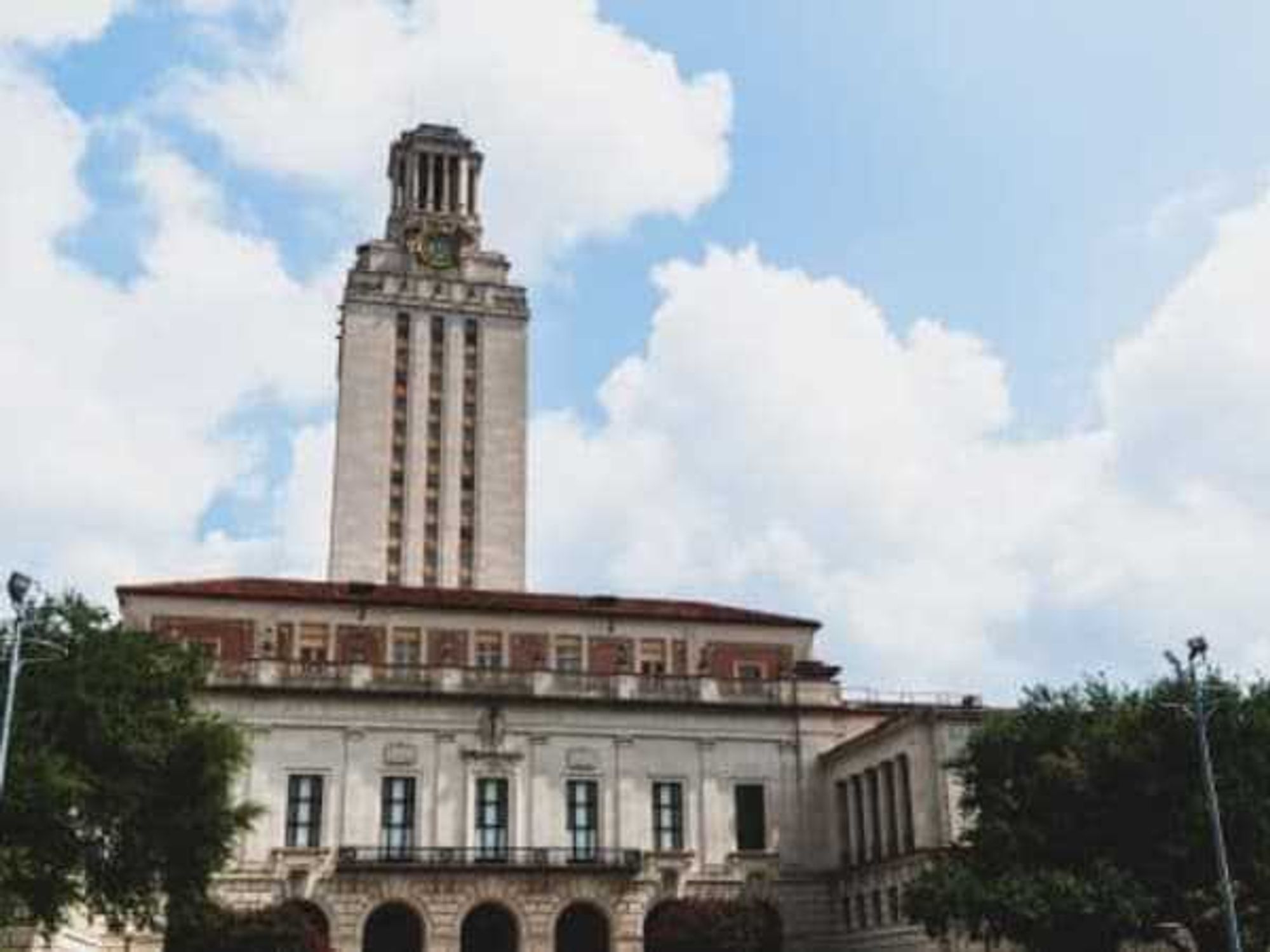Clean Texas Coast
Texas university granted $1.7 million to keep coastal waters clean

The Meadows Center for Water and the Environment at Texas State University has received a grant to continue its efforts keeping Texas coastal waters cleaner through 2024. That’s good news for beach-goers, fishing enthusiasts, surfers, boaters, and just about everyone in the state.
The grant comes from Clean Coast Texas, a program of the Texas General Land Office’s Coastal Management Program. The state’s coastal zone includes all or part of 18 counties along the Gulf of Mexico, comprising almost 9 million acres that are home to more than 6 million Texans — nearly a quarter of the state's population.
The Texas coast makes a tremendous contribution to the statewide economy, says Nick Dornak, director of watershed services at the Meadows Center. Millions of people from all over Texas and the world visit the coast each year, and it supports the commercial and recreational fishing, tourism, agriculture, and forestry industries. The coast is a vital component of our natural environment as well, providing habitat for wildlife, reducing flooding, and improving air and water quality.
The Center will use the $1.7 million grant to provide technical assistance to coastal communities and funding for engineering projects to help improve stormwater management and reduce nonpoint source pollution. Nonpoint source pollution refers to pollutants carried by stormwater runoff — rainfall that does not soak into the ground — into lakes, rivers, wetlands, coastal waters, and groundwater. This pollution can include sediment, bacteria, oil, heavy metals, chemicals, and litter. It degrades water quality and can harm drinking water supplies, recreation, fisheries, and wildlife.
Clean Coast Texas also helps communities conduct comprehensive planning and develop new ordinances or revise existing ones to prepare for future growth and increase resilience to disasters such as hurricanes. Such planning is important not just on the coast, Dornak notes. “Policies made in Austin have a tremendous effect on the health and sustainability of our bays and estuaries.”
In addition, the program promotes green infrastructure in new development, including reducing total impervious cover (such as rooftops, parking lots, roadways, and sidewalks) and preserving natural land that allows rainfall to soak into the ground. This reduces the amount of stormwater runoff and resulting pollution and increases recharge of groundwater sources.
“Green infrastructure is designed to work with nature,” Dornak says. “Integrating new technologies is going to be imperative for communities facing a changing climate and economy over the next 100 years. We’re looking at developing policies that will be in place through the rest of the century. Communities have to be able to adapt.”
“A core component of everything we’re doing on the coast is something we also are working very diligently on in the Texas Hill Country, the concept of One Water,” he adds, referring to the concept of managing all water — drinking, waste, or storm — as a single resource. “That involves finding the most sustainable, efficient, and environmentally balanced use of all our state’s precious water resources.”
